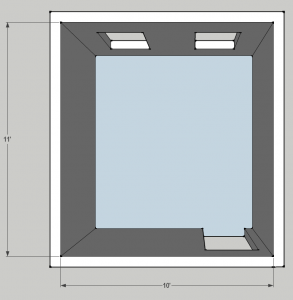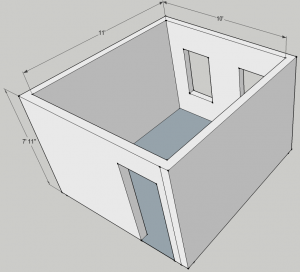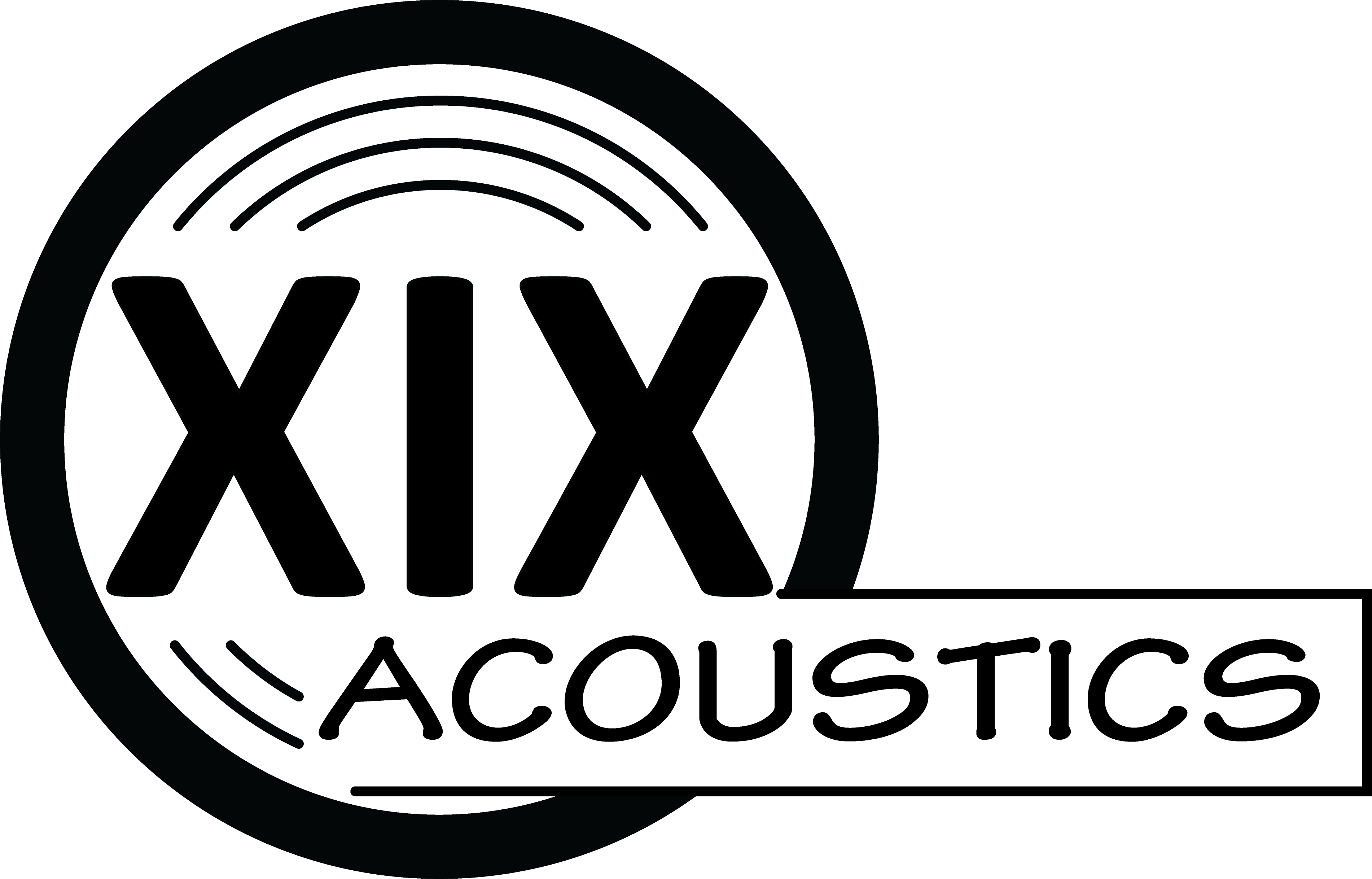According to the Internets, the average sized bedroom in the New England area is 10 feet by 11 feet with 8 foot ceilings. Typical historical construction is rough cut spruce studs, lath and horse-hair plaster. Horse-hair plaster is very heavy and acts as a very effective isolating material. Unfortunately many rooms have been remodeled using lighter-weight gypsum board at only 5/8″ or even 1/2″. In order to improve the isolating properties of the gypsum board, double and triple layers are quite common.
Some of the most common problems with small room acoustics are as follows:
1. Low frequencies have loud spots and quiet spots in the room (AKA Low Frequency Buildup / Room Modes / Nodes)
2. Ringing, pinging or strange reverberation and flutter echoes
3. Comb filtering problems with walls and other surfaces
4. Outside noises (like traffic) and inside noises (like fans and AC) are distracting

Small rooms, like our average bedroom, are too small to allow low frequencies to be completely expressed. It is extremely likely that there will be significant problems with frequencies that are longer than the dimensions of the room. For our average bedroom we expect to have problems with frequencies corresponding to the dimensions of the room and to multiples of the dimensions of the room. (λ = wavelength)
- Length = 11′ λ = 11′ f = 102.72 Hz (and 51.36 Hz, 25.68 Hz)
- Width = 10′ λ = 10′ f = 113 Hz (and 56.5 Hz, 28.25 Hz)
- Height = 8′ λ = 8′ f = 141.25 Hz (and 70.625 Hz, 31.3125 Hz)

One of the problems with uneven loudness of lower frequencies is that these lower frequencies are very important musically. All of the bass notes are in this range obviously, but also all of the notes to the left of Middle C on the piano and all the string on the guitar except the highest. This range is the foundation of the structure of most of our music.
Currently a number of volunteers are submitting photos and dimensions of their rooms to include in the testing of the Bedroom Acoustics treatments.
